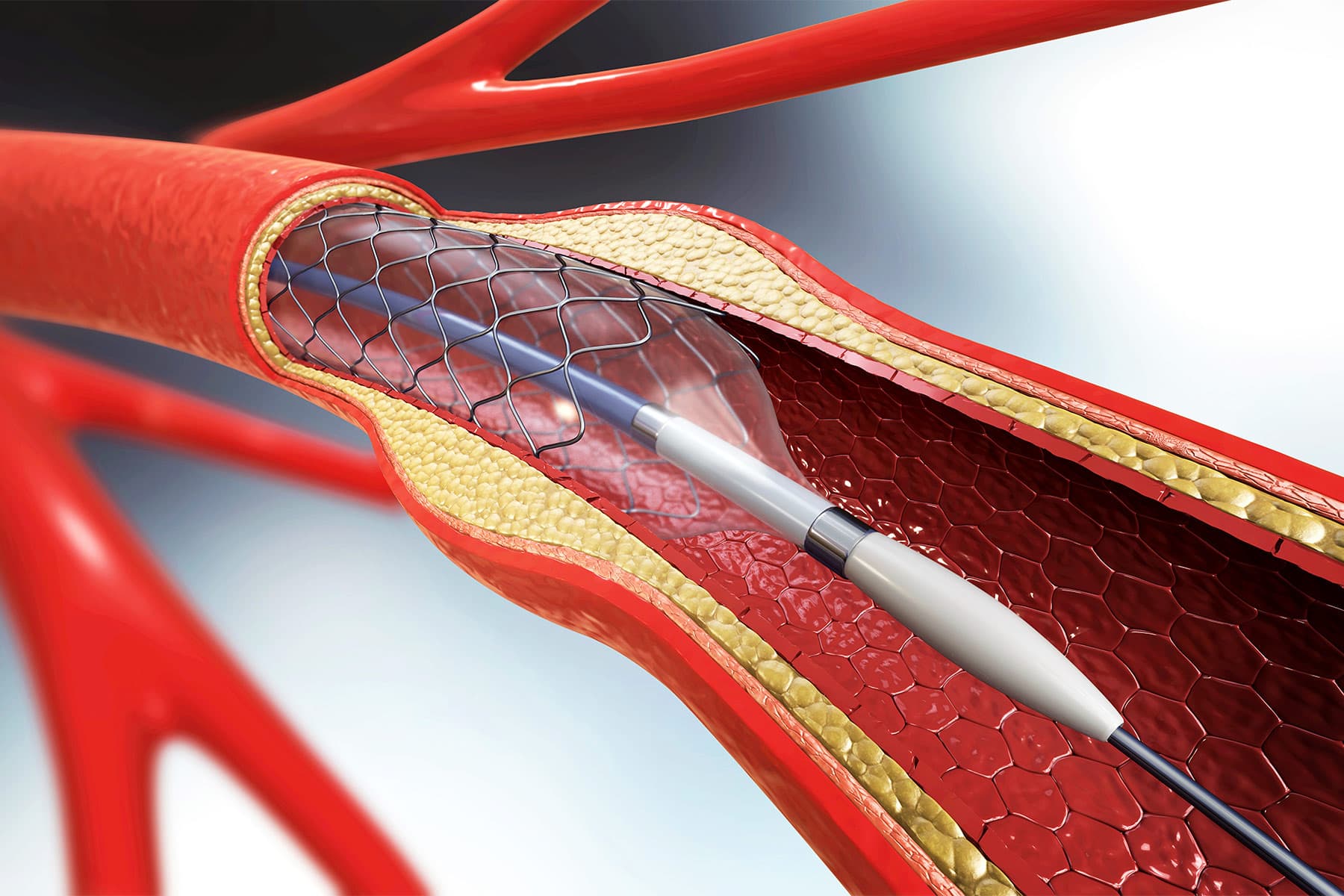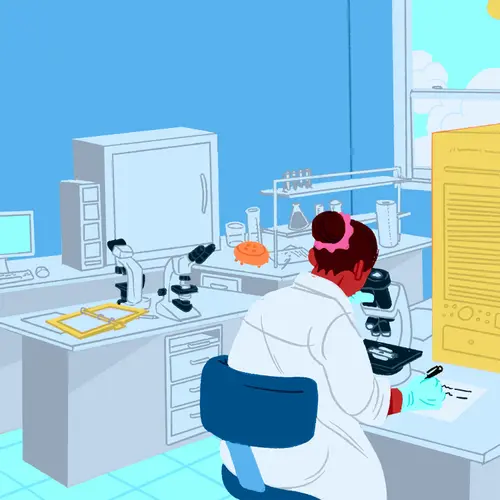
Most stents are made out of wire mesh and are permanent. Some are made out of fabric. These are called stent grafts and are often used for larger arteries.
Others are made of a material that dissolves and that your body absorbs over time. They're coated in medicine that slowly releases into your artery to prevent it from being blocked again.
Why Would You Need a Stent?
If a fatty substance called plaque builds up inside an artery, it can reduce blood flow to your heart. This is called coronary heart disease and it can cause chest pain.
The plaque can also cause a blood clot that blocks blood flowing to your heart, which may lead to a heart attack.
By keeping an artery open, stents lower your risk of chest pain. They can also treat a heart attack that's in progress.
How Does Your Doctor Put In a Stent?
To put a stent in, your doctor makes a small cut in a blood vessel in your groin, arm, or neck. They then thread a thin tube called a catheter through the blood vessel to the blocked artery.
The tube has a tiny balloon at the end of it. Your doctor inflates the balloon inside your blocked artery. This widens your artery so blood can flow through it again.
They then place the stent inside your artery. They'll remove the catheter and balloon, but the stent stays inside to keep the artery open.
The procedure takes about an hour, but you'll probably stay in the hospital overnight.
What Are the Risks of a Stent?
Risks may include:
- Bleeding at the spot on your skin where your doctor inserted the tube
- Damage to your blood vessel from the tube
- Infection
- Irregular heartbeat
About 1% to 2% of people who have a stent may get a blood clot where the stent is placed. This can put you at risk for a heart attack or stroke. Your risk of getting a blood clot is highest during the first few months after the procedure.
After you get a stent put in, your doctor might tell to you to take aspirin or another medication to prevent blood clots. You may need to take the medicine for 1 month up to 1 year or for the rest of your life.
These simple steps can help you have a smooth recovery:
- Ask your doctor what medicines you should or shouldn't take before the procedure.
- Follow the instructions for taking your medicines and don't stop them before your doctor tells you to.
- Tell your doctor if you notice any signs of infection such as pain, swelling, or redness at the spot where they put in the tube.
- Avoid intense exercise or lifting heavy objects afterward. Your doctor will tell you when it's OK to start exercising.
- Go to all of your follow-up appointments.
What Happens After You Get a Stent?
If all goes well, you'll enjoy more blood flow to your heart and less chest pain. But a stent can't cure coronary heart disease.
You can help prevent plaque buildup inside your arteries with a few changes to your lifestyle:
- Exercise more
- Drop some pounds if you're overweight
- Quit smoking if you've got the tobacco habit
- Reduce stress
- Take all medications your doctor prescribes
You may be able to return to work in a week. If you're not sure whether certain activities are safe to do with a stent, ask your doctor.

